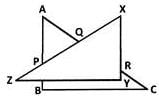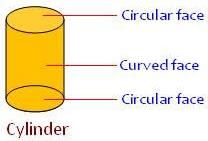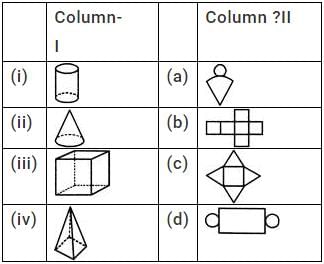Important Questions: Visualising Solid Shapes - Year 5 MCQ
20 Questions MCQ Test - Important Questions: Visualising Solid Shapes
How many edges does the following figure have?


Which of the following figures has six faces?
Which shape is divided into two EQUAL parts by the dotted line?
How many triangles can be seen in this figure?
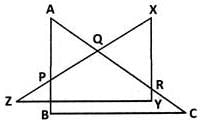
Which of the following pair of shapes, when joined together (by placing them edge to edge) can form a rectangle?
Which of the following is different from the other three?
A solid object when seen from one side, looks like this.  The same solid, when viewed from top, looks like this.
The same solid, when viewed from top, looks like this.  Which of these shapes could it be?
Which of these shapes could it be?
How many corners does the shape given have?

Identify the correct statement from the following.
Rakesh has 10 one rupee coins of similar kind. He puts them exactly one on the other. What shape will he get finally?
Identify the false statement from the following.
Which of the following is an oblique sketch of a cube of edge 4 cm?
What is the total on the face opposite to 4+3 on the dice given?

What is the number on the face opposite to 5 on a die?
The oblique sketch of 3 dice each with 2 cm edge placed side by side is given. What are its respective length, breadth and height?

A die is cut horizontally. What is the cross-section obtained?
The following figure shows a source of light (L), a solid (S) and its shadow (P) on a screen (M).
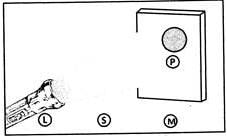 What is the shape of P?
What is the shape of P?
The shadow of a 3-D object is given.  Which of following could the object be?
Which of following could the object be?
The following is the shadow of a 3-D object.  Which of these objects does the shadow belong to?
Which of these objects does the shadow belong to?



